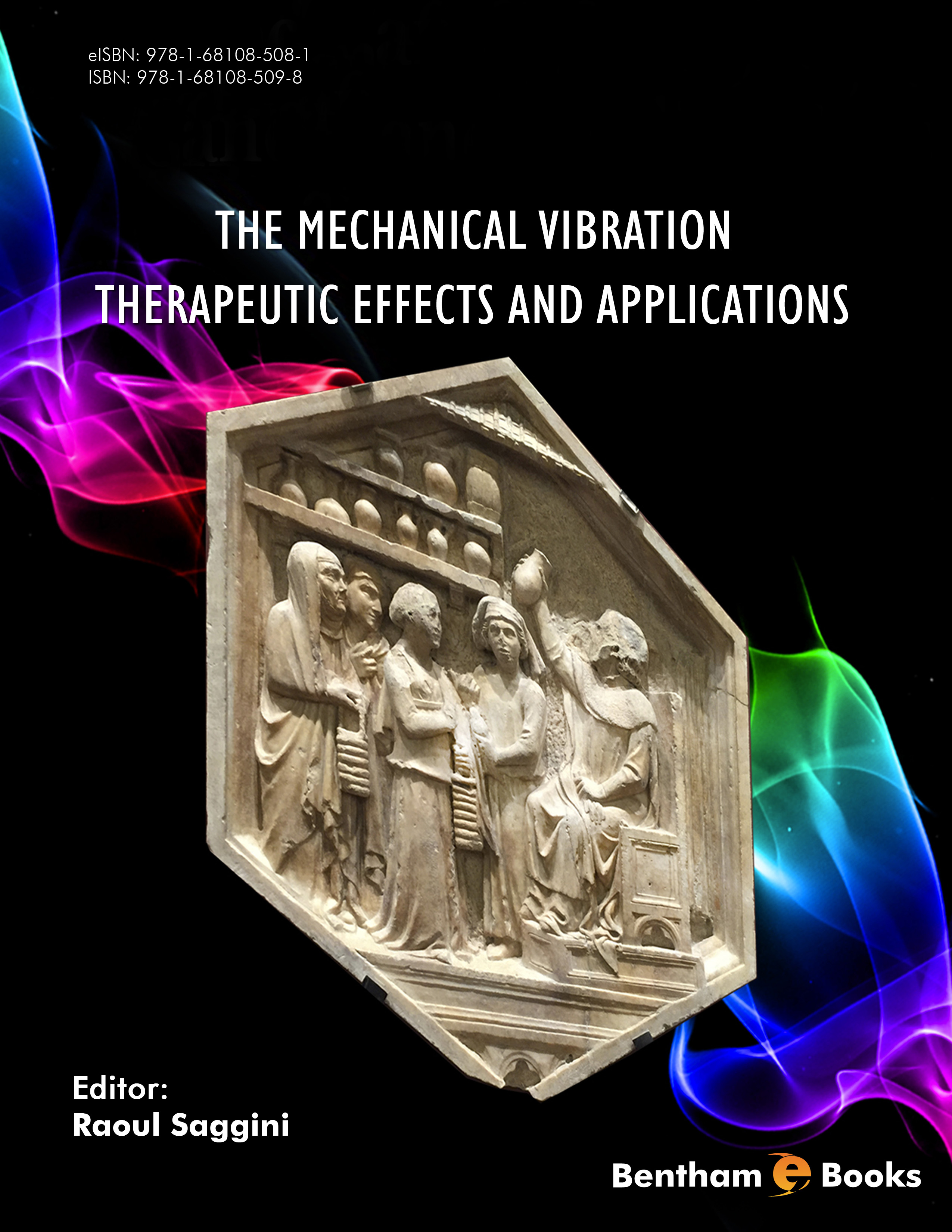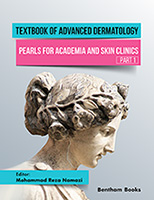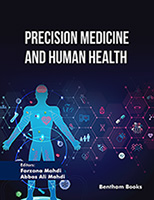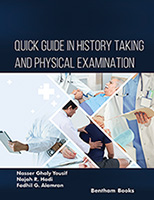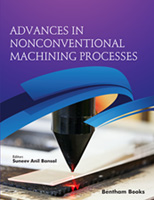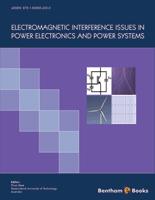Introduction
In rehabilitation medicine, the therapeutic application of vibration energy in specific clinical treatments and in sport rehabilitation is being affirmed by a growing number of medical professionals. Clinical applications of mechanical vibrations exist in a variety of forms: mechanical vibrations, ultrasound therapy, extracorporeal shock waves therapy and Extremely Low Frequency (ELF) magnetic field therapy, for example. Each mode of therapy has a specific mechanism of action, dose and indication. However, the enormous potential of vibrations as therapy (understood as ESWT, mechanical vibration, ultrasounds, ELF) have yet to be explored in depth in both the experimental and in the clinical setting. The Mechanical Vibration: Therapeutic Effects and Applications is a monograph that presents basic information about vibrational therapy and its clinical applications. Readers will find information about the mathematical, physical and biomolecular models that make the foundation of vibrational therapy, applied mechanical vibrations in different form (whole body, ultrasound and extracorporeal shock waves) as well as an update on vibrational therapy in general.
This monograph is a useful resource for medical professionals and researchers seeking information about the basics of vibrational therapy.

